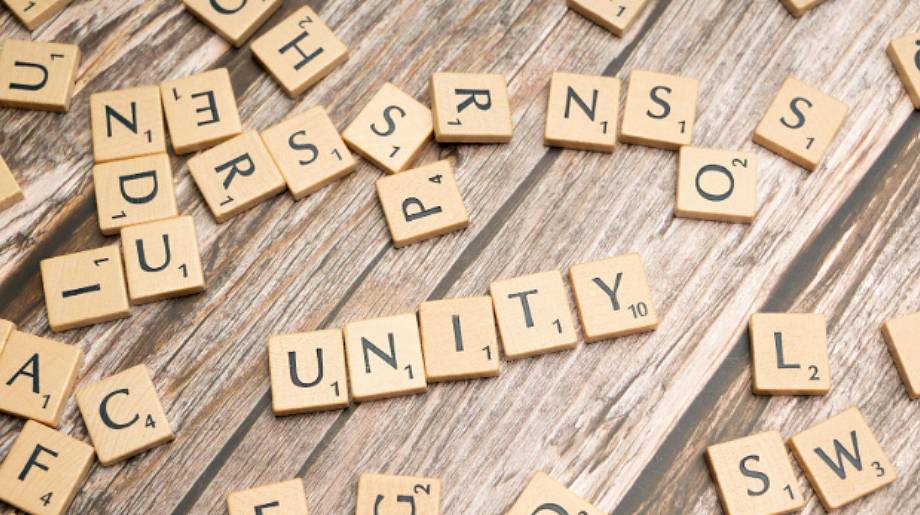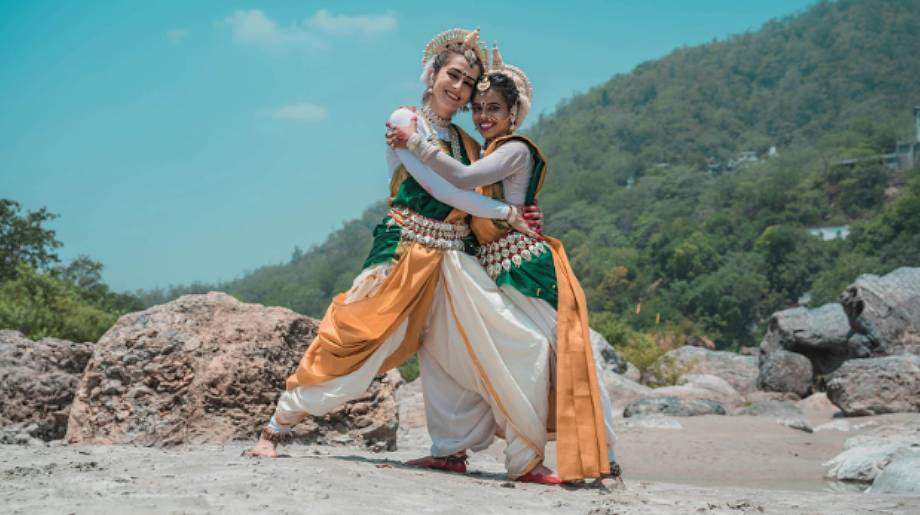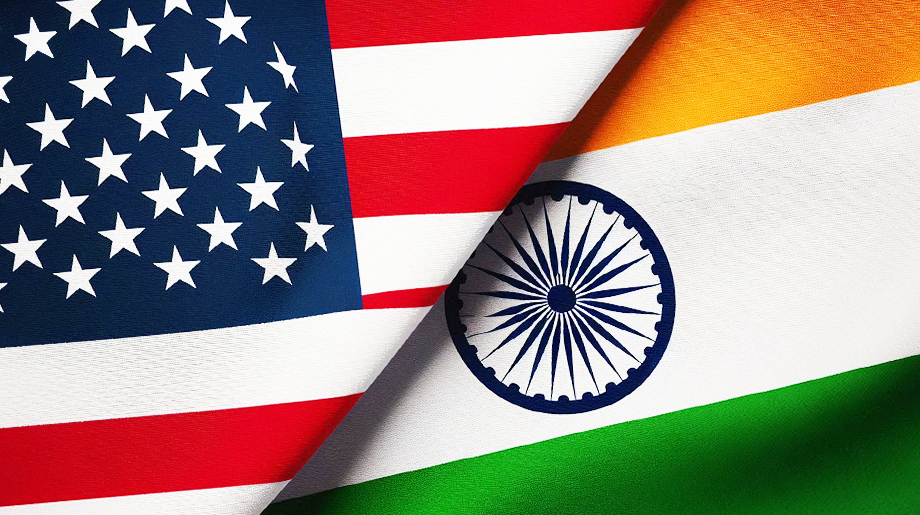India, a country with over 1.4 billion people, is a remarkable tapestry of unity in diversity. This concept is deeply ingrained in the Indian ethos and has been a defining feature of the nation since ancient times.
With 28 states and 8 Union Territories, India is home to a myriad of languages, cultures, religions, and traditions, all coexisting in harmony. India officially recognizes 22 languages but there are over 1,600 dialects spoken across the country. Each state in India often has its own official language, cultural practices, festivals, and cuisine, making every region unique. For example, the northern state of Punjab is known for its vibrant Bhangra dance, while Tamil Nadu in the south boasts a rich heritage in the Tamil language and classical Carnatic music. Similarly, the northeastern state of Assam is famous for its Bihu festival, which contrasts with the Navratri celebrations of Gujarat in the west. This vast diversity could easily fragment a nation, yet India has maintained its unity through a shared sense of history, values, and respect for pluralism. The Indian Constitution, which upholds secularism and democracy, has played a pivotal role in ensuring that diversity is not just tolerated but celebrated. The idea of "Unity in Diversity" is more than just a slogan; it is a lived reality for millions of Indians who navigate through multiple identities daily—be it linguistic, religious, or cultural.
The concept of "Unity in Diversity" in India parallels the American motto "E Pluribus Unum," which means "Out of many, one." This phrase, adopted in the early days of the United States, reflects the idea that despite the various backgrounds of its citizens, the country forms a single, united nation. Like India, the United States is a melting pot of cultures, ethnicities, and languages. However, while India’s diversity is more regionally concentrated, the diversity in the United States is often a result of immigration. In the U.S., people from various countries have come together, bringing their languages, traditions, and customs. For instance, neighborhoods in New York City or Los Angeles are often microcosms of the world, with people speaking Spanish, Chinese, Hindi, and countless other languages. While English remains the dominant language, the U.S. does not have an official language, allowing linguistic diversity to thrive.
Indians have particularly thrived in the United States, becoming one of the most successful immigrant groups. Many Indians who migrate to the U.S. are highly educated, often in fields like engineering, medicine, and information technology. The American economy provides ample opportunities for these professionals. Moreover, the strong emphasis on education within Indian culture has led to high academic achievements among Indian-Americans, who often pursue advanced degrees and professional careers. The entrepreneurial spirit is also strong within the Indian community, leading to significant contributions in the tech industry and beyond. For example, Silicon Valley boasts a significant number of Indian-origin CEOs, such as Sundar Pichai of Google and Satya Nadella of Microsoft. In addition to these factors, the ability of Indians to adapt while maintaining their cultural identity has been crucial. Indian-Americans participate in mainstream American life while also preserving their traditions, whether through festivals, cuisine, or religious practices. This balance of integration and preservation has allowed Indians to contribute to the diversity of American society while achieving economic success.
Both India and the United States showcase the power of unity in diversity, albeit in different ways. India's model emphasizes the coexistence of distinct cultures within a single nation, while the U.S. model encourages the melding of different backgrounds into a unified national identity. Indian-Americans, flourishing in this environment, exemplify the potential for success in a diverse and inclusive society.



